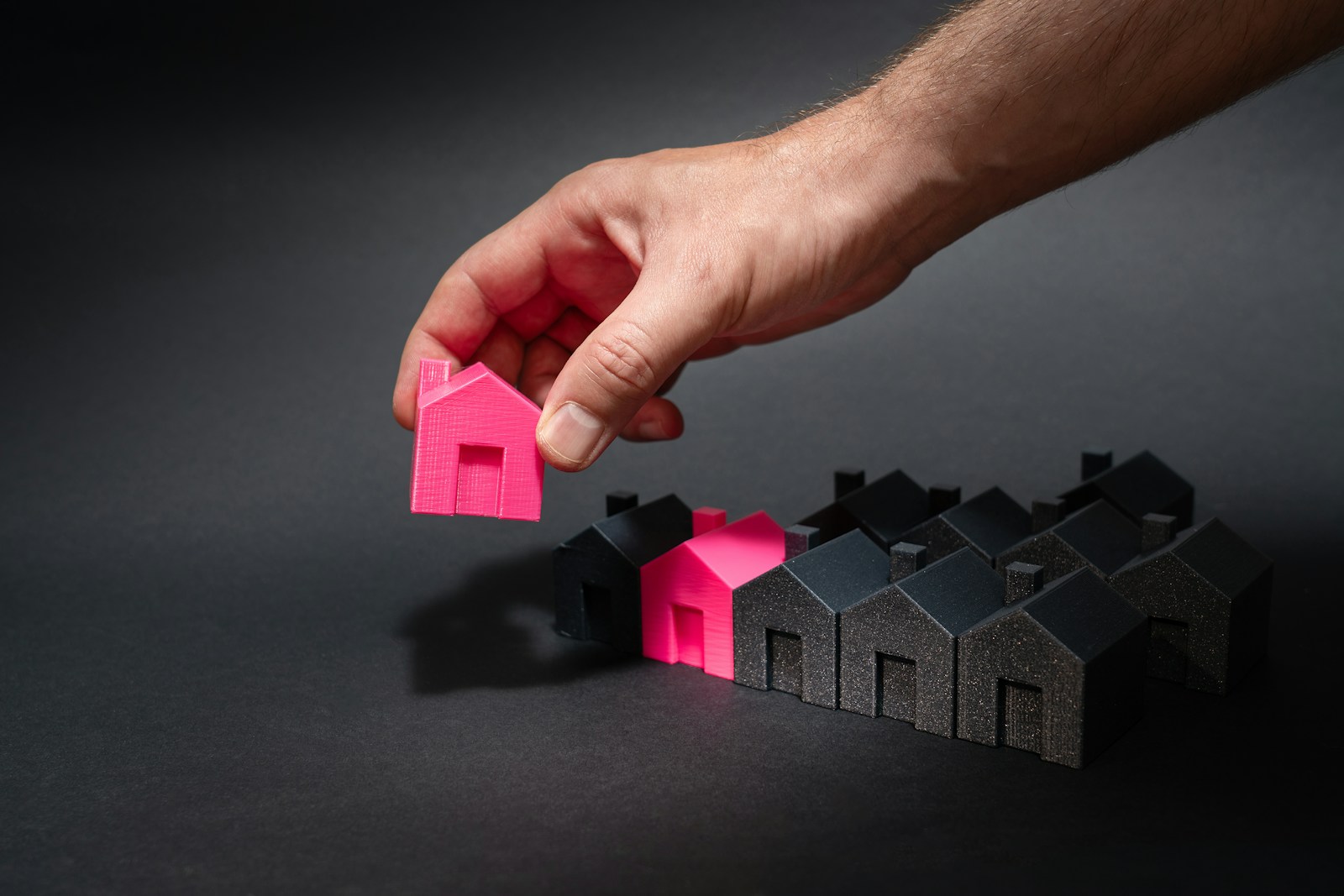Is Your Building’s Balcony Safe With Dry Rot?

California’s Senate Bills 721 and 326 Mandate Inspections by Statutory Deadlines
By Omid Ghanadiof, EEEAdvisor Engineering
As the deadline for the California Balcony Laws Senate Bills 721 and 326 comes closer and closer, leading California-based engineering inspection company, EEEAdvisor Engineering, offers advice on dealing with inspections of your multifamily properties to help ensure your compliance with state law.
What Must Be Inspected? Exterior Elevated Elements (EEEs)
The two state laws are designed for buildings that contain three or more dwelling units. Senate Bill 326 is for condominiums, and Senate Bill 721 is for apartment buildings. The laws require that inspections be made to any elevated elements of multifamily properties. Exterior Elevated Elements are building elements that are constructed of wood, have a walking surface, have any portion sitting 6-feet above the ground, and that extend outside of the four walls of a building. Exterior Elevated Elements include balconies, outside decks, porches, exterior stairways, and exterior walkways that have a walking surface that is elevated more than six feet above ground level according to these ordinances. Required inspection includes waterproofing system supports and railings, and load bearing component.
Rotted materials are weak. If dry rot is allowed to grow unchecked for years, it can make an apartment building or home uninhabitable and unhealthy. “Deck and Balcony Inspection Bill,” Senate Bill 721 went into effect in California on January 1, 2019. It was passed in response to a balcony collapse that occurred in Berkeley, California at the Liberty Gardens Apartments that resulted in multiple deaths and serious injuries. The worst-case scenario for a structural failure like the balcony in Berkeley is irreversible structural damage that often results both severe legal liability and expensive repairs or demolition of a property. No one wants that! The sooner the mold is identified, and its food supply is cut off—the better.
Four Stage Cycle of Dry Rot
Dry rot has a four-stage life cycle:
- Dry rot begins with dormant spores until moisture content exceeds 20% in a piece of timber, and a poor airflow situation presents itself.
- Hyphae or thread-like appendages grow and expand outwards, absorbing moisture.
- The thread or mycelial growth continues until it looks like cotton or wool. Sometimes the fibrous growth has a gray, yellowish, or light purple tint.
- The fungal life cycle ends as spores are produced as the fungus’ food source is depleted. The fungus dries out, turns into a white powder, and a foul odor develops in its proximity. The cycle starts again when conditions are optimal.
How Do You Repair Dry Rot Damage?
Many have asked us, how can dry rot damage be repaired? The most straightforward answer is—”it depends.” That might sound overly simplified or a ‘brush-off,” but it is true. Some types of damage are easier to mitigate and repair due to the extent of mold’s progress through a wooden structure. Dry rot can spread like wildfire under the right circumstances, and as a result, remediation measures will look very different from one project to another. For example, an apartment building may have different needs than a hotel, business office, or historic home.
The first step in developing a custom remediation program involves hiring the right professionals. An expert inspector will be able to identify problem areas quickly and evaluate the severity of dry rot, and then make the appropriate recommendations to stabilize or replace damaged timbers. This person(s) can help property owners find crews to complete the necessary work. Property owners must be forewarned; program suggestions could be considerable and cost-prohibitive, especially for historic buildings.
Apartment owners and homeowners can also have their properties regularly inspected for water damage or leaks. Routine inspections of balcony, walkway, deck, stairways, will help prevent future issues or help identify them quickly. A systematic and preventative approach like ones described in Senate Bills 721 and 326 will save money and diminish costly repairs in the long run. Apartment owners, tenants, and homeowners can sleep better not worrying if a silent monster, dry rot, is creeping in the walls and eaves of their building at night.
We have always recommended to our clients to hire a professional engineer early before getting closer to the inspection deadline. Not only is it necessary to protect your tenant’s safety and avoid liability, but you also save a lot on the cost of repair and construction. For both of the senate bills, the deadline to comply to both laws is December 31, 2024.
Omid Ghanadiof is a co-founder of EEEadvisor Engineering, a specialized engineering inspection firm active located in Southern California. EEEadvisor Engineering assists rental property owners and homeowners’ associations (HOAs) with compliance with state mandated balcony inspections per Senate Bills 721 and 326. For more information, contact Mr. Ghanadiof at (805) 312-8513 or info@EEEadvisor.com.







